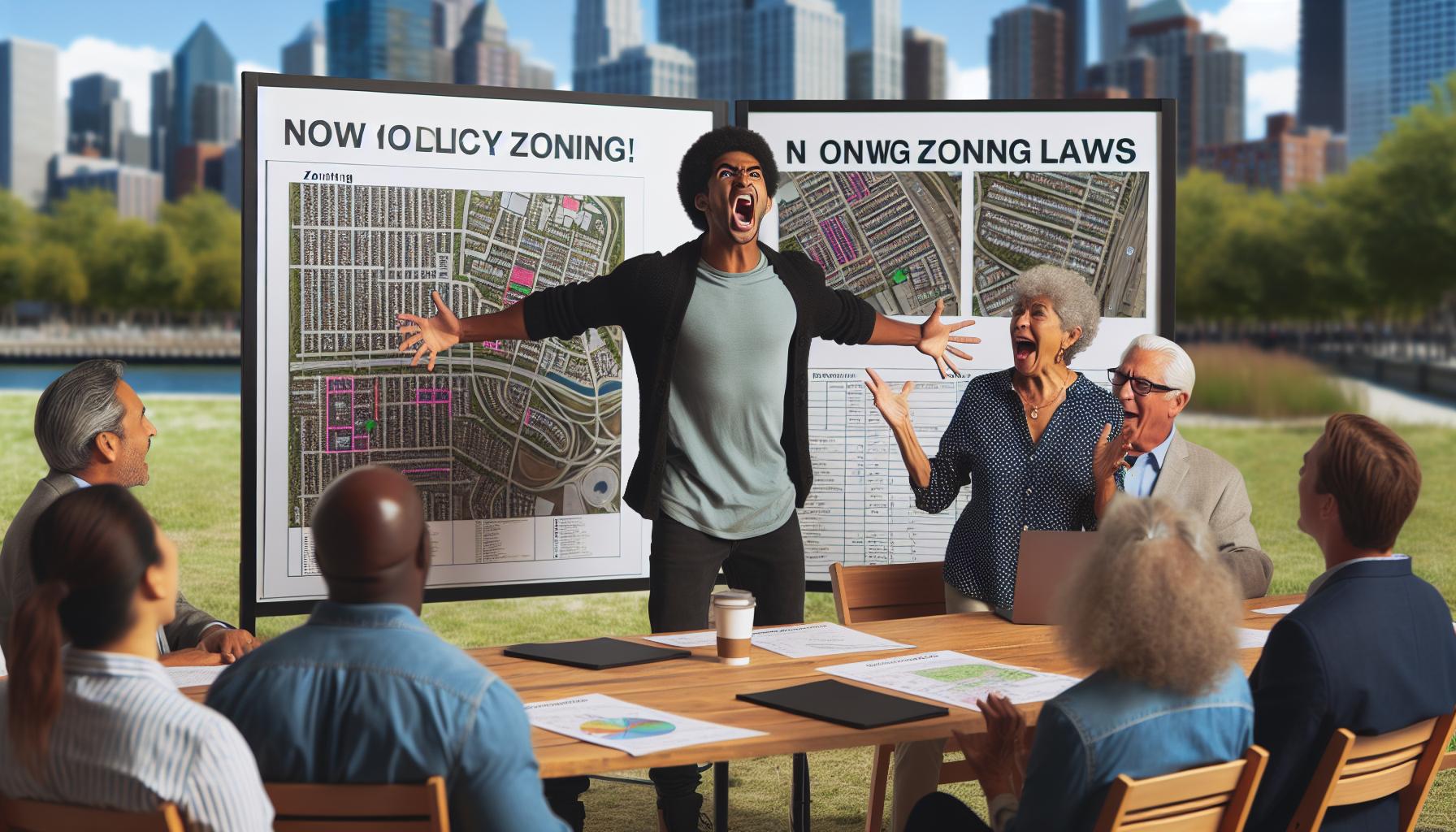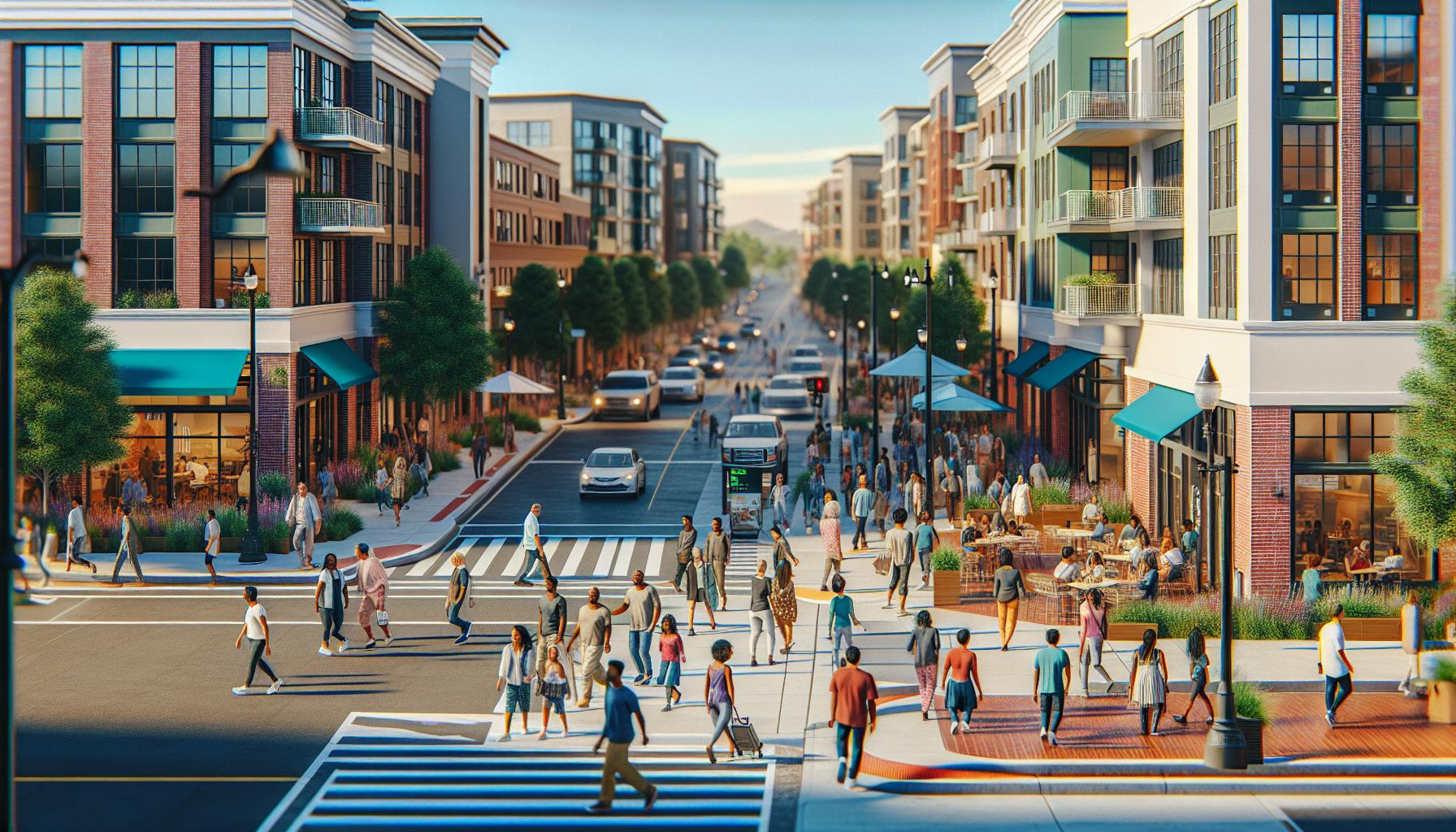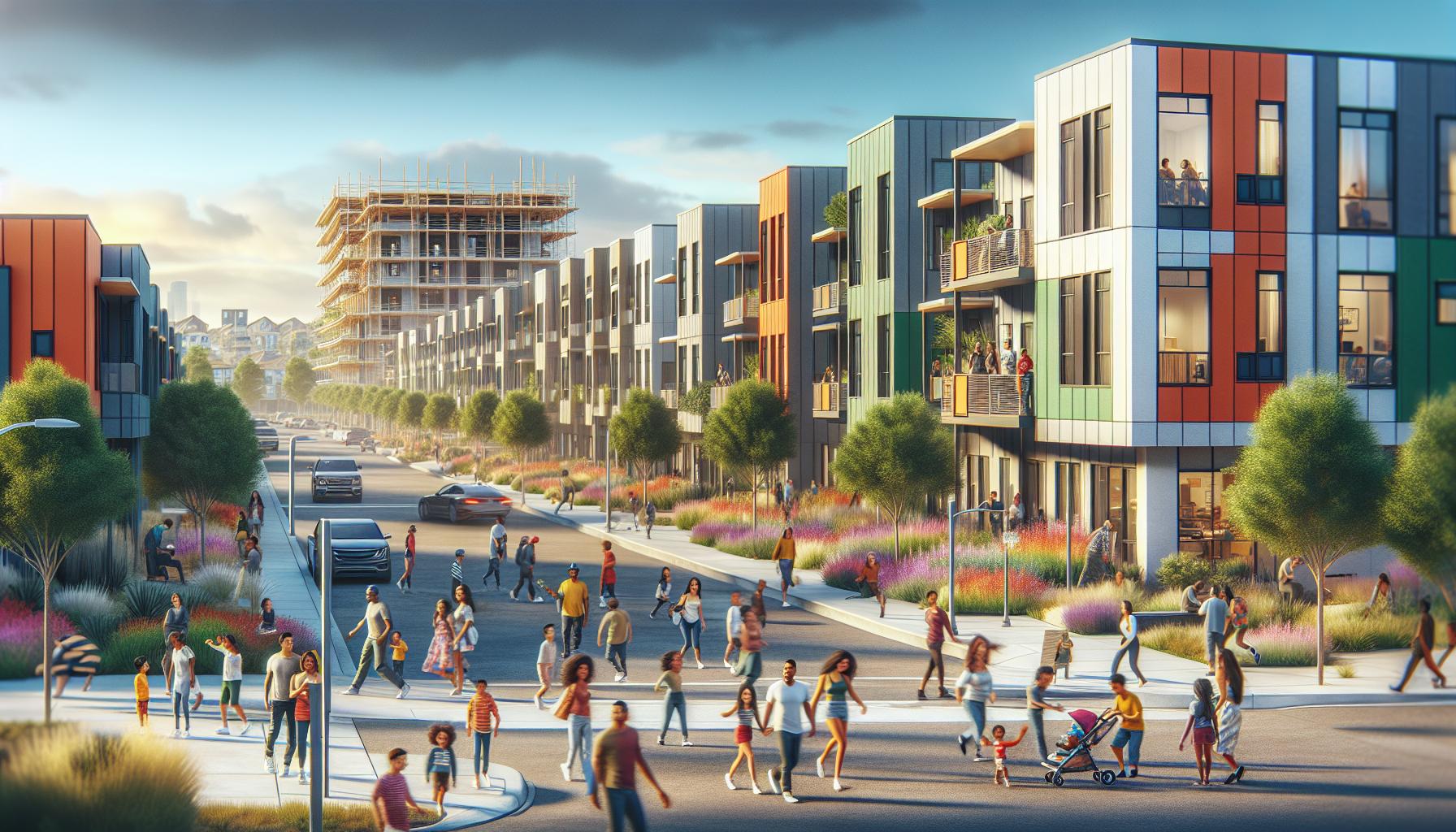The Best Fluffy Pancakes recipe you will fall in love with. Full of tips and tricks to help you make the best pancakes.

Zoning News: Major U.S. Cities Transform Housing Rules in Groundbreaking Shift
Navigating the world of zoning regulations can feel like trying to solve a Rubik’s cube blindfolded. From residential restrictions to commercial classifications these crucial rules shape our neighborhoods and communities in ways most people don’t realize until they’re trying to build that dream patio or open a coffee shop.
Recent zoning changes across major U.S. cities have sparked heated debates between developers housing advocates and local residents. As cities grapple with housing shortages and changing demographics zoning laws are evolving faster than ever. Some municipalities are embracing mixed-use developments while others cling to traditional single-family zoning creating a patchwork of regulations that affect everything from property values to local business opportunities.
Understanding Modern Zoning Laws and Regulations
Modern zoning regulations create designated areas for specific land uses while adapting to evolving community needs. These regulations establish parameters for building heights, lot sizes, setbacks from property lines, and permitted activities within specific zones.
Recent Changes in Residential Zoning
Cities across the U.S. have implemented significant residential zoning modifications in 2023. Minneapolis eliminated single-family zoning restrictions, allowing duplexes and triplexes in previously restricted neighborhoods. Portland permits four housing units on lots formerly limited to single-family homes. California Senate Bill 9 enables property owners to split single-family lots into two parcels with up to four total units. Seattle expanded transit-oriented development zones by 35%, increasing housing density near public transportation hubs. These changes aim to address housing shortages through increased density options in residential areas.
Commercial Zoning Updates
Commercial zoning regulations underwent substantial revisions to accommodate post-pandemic business needs. New York City expanded mixed-use zoning in 75% of commercial districts, allowing residential conversions of vacant office spaces. Chicago introduced micro-retail zones in 25 neighborhoods, enabling smaller storefronts under 800 square feet. Austin created innovation districts with flexible zoning for tech startups. Phoenix implemented form-based codes in downtown areas, focusing on building design rather than specific uses. These updates reflect a shift toward adaptable commercial spaces that support economic recovery.
The Rise of Mixed-Use Development Zones

Mixed-use development zones integrate residential, commercial, retail, cultural, institutional or industrial uses into a single space. These zones respond to shifting urban demographics and evolving lifestyle preferences in contemporary cities.
Benefits for Urban Communities
Mixed-use zones create vibrant neighborhoods through strategic density and diverse activities. Residents gain walkable access to essential services, reducing car dependency and commute times. Local businesses benefit from increased foot traffic and a built-in customer base. Property values often increase by 20-30% in successful mixed-use developments compared to single-use zones. These developments generate 7-10 times more tax revenue per acre than conventional suburban development, providing additional resources for community services.
Success Stories and Case Studies
Atlanta’s Atlantic Station transformed 138 acres of industrial land into a thriving mixed-use district, attracting 6,000 residents and creating 5,000 jobs. Portland’s Pearl District converted abandoned warehouses into a mixed-use neighborhood, increasing property values by 300% over 15 years. The Domain in Austin combines 303 acres of retail, office, residential spaces, generating $30 million in annual tax revenue. Toronto’s Distillery District preserved historic buildings while creating a cultural hub, hosting 4 million visitors annually through its mixed-use conversion.
| Mixed-Use Development Impact | Statistics |
|---|---|
| Property Value Increase | 20-30% |
| Tax Revenue Multiplier | 7-10x |
| Atlantic Station Jobs Created | 5,000 |
| Pearl District Value Growth | 300% |
| Distillery District Annual Visitors | 4 million |
Affordable Housing and Zoning Reform

Affordable housing initiatives reshape zoning regulations to create inclusive communities while addressing housing shortages. Local governments implement strategic policies to increase access to quality housing across income levels.
Inclusionary Zoning Policies
Inclusionary zoning requires developers to incorporate affordable housing units in new residential developments. These policies establish specific percentages of below-market-rate units within market-rate projects, typically ranging from 10% to 30% of total units. Cities like Boston mandate 13% affordable units in developments with 10+ units, resulting in 2,600 new affordable homes since 2000. Montgomery County, Maryland’s inclusionary zoning program created 14,000+ affordable units through a 12.5% requirement for new developments.
| City | Affordable Unit Requirement | Units Created |
|---|---|---|
| Boston | 13% | 2,600 |
| Montgomery County | 12.5% | 14,000+ |
| San Francisco | 20% | 3,400 |
| Seattle | 5-11% | 1,800 |
Developers receive density bonuses, tax incentives or expedited permits in exchange for including affordable units. Some jurisdictions allow off-site construction or in-lieu fees when physical integration presents challenges. Large-scale developments incorporate income-restricted units seamlessly into market-rate properties, creating mixed-income communities.
Environmental Impact of Zoning Decisions
Zoning decisions directly influence environmental outcomes through land use patterns that affect local ecosystems, energy consumption, and resource management. These regulations shape how communities interact with their natural surroundings while establishing standards for sustainable development.
Sustainability Requirements
Modern zoning codes incorporate specific environmental standards for new developments. Building projects must meet energy efficiency benchmarks that reduce consumption by 25-40% compared to traditional construction. LEED certification requirements apply to commercial developments exceeding 50,000 square feet in cities like Seattle Portland San Francisco. Stormwater management regulations mandate permeable surfaces covering 15-20% of development sites. Solar-ready construction provisions ensure new buildings accommodate future renewable energy installations. Developers integrate green building materials including recycled components low VOC finishes native landscaping elements.
Green Space Mandates
Municipal zoning codes establish minimum requirements for preserving natural areas in new developments. Commercial projects must allocate 10-15% of total land area to green spaces. Residential developments maintain 20-25% of the site as undisturbed natural habitat. Urban areas require street trees every 30 feet along main thoroughfares. Buffer zones extending 50-100 feet protect wetlands streams wildlife corridors from development impacts. Community gardens occupy 5% of multifamily developments in progressive cities. Rooftop gardens cover 30% of available space in high density zones enhancing urban biodiversity.
Future Trends in Urban Planning and Zoning
Urban planning trends reflect technological advancements coupled with changing social dynamics. New zoning frameworks integrate digital innovation sustainability requirements to create adaptable cities.
Smart City Integration
Smart city technologies transform zoning practices through data-driven decision making. IoT sensors monitor traffic patterns pedestrian flow building occupancy rates in real-time, enabling dynamic zoning adjustments. Cities like Singapore utilize AI-powered systems to optimize land use allocation, resulting in a 15% reduction in energy consumption across commercial zones. Digital twin technology creates virtual city replicas that simulate development impacts before implementation, reducing planning errors by 30%.
| Smart City Implementation Results | |
|---|---|
| Energy Consumption Reduction | 15% |
| Planning Error Reduction | 30% |
| Traffic Congestion Decrease | 25% |
| Public Space Utilization Increase | 40% |
Automated building systems connect with municipal infrastructure to regulate resource consumption based on actual usage patterns. Barcelona’s smart zoning initiative increased public space utilization by 40% through responsive urban furniture deployments outdoor lighting adjustments. These integrations enable flexible zoning codes that respond to real-time community needs environmental conditions.
Conclusion
Zoning regulations continue to shape the future of urban development with significant implications for communities nationwide. The ongoing evolution of these laws reflects a delicate balance between preservation and progress while addressing critical challenges in housing affordability environmental sustainability and economic growth.
As cities embrace innovative approaches like mixed-use developments smart technologies and inclusionary policies they’re creating more vibrant sustainable and equitable communities. The success stories from various municipalities demonstrate that thoughtful zoning changes can lead to remarkable transformations benefiting residents businesses and local governments alike.
These dynamic shifts in zoning practices signal a promising direction for urban planning paving the way for more resilient and adaptable cities that serve diverse populations while promoting environmental stewardship.
